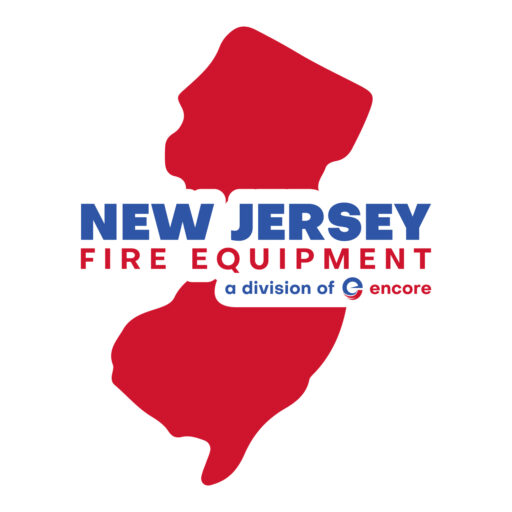The United States Department of Transportation (DOT) licenses companies to test such cylinders in order to insure that they are safe to use by divers, firefighters, homeowners, etc.
A hydrostatic test is the normal way in which a high pressure vessel, such as a gas cylinder, is checked for leaks or flaws. Testing is very important because such containers can explode if they fail when containing compressed gas. Hydrostatic testing is also a way in which leaks can be found in lower pressure vessels.
- Portable fire extinguishers and system cylinders
- Visual Inspections on all cylinders.
- Testing up to 10,000 psi.
NFPA 10 lists these guidelines for portable fire extinguishers. The bold items are the most common types.
| Extinguisher Type | Hydrostatic Testing Interval |
|---|---|
| Stored Pressure Water, Loaded Stream, and/or Antifreeze fire extinguishers | 5 Years |
| Wetting Agent fire extinguishers | 5 Years |
| AFFF (Aqueous Film Forming Foam) fire extinguishers | 5 Years |
| FFFP (Film Forming Fluoroprotein Foam) fire extinguishers | 5 Years |
| Dry Chemical With Stainless Steel Shells fire extinguishers | 5 Years |
| Carbon Dioxide fire extinguishers | 5 Years |
| Dry Chemical, Stored Pressure, with mild steel shells, brazed grass shells, or aluminum shell fire extinguishers | 12 Years |
| Dry Chemical, Cartridge or cylinder operated, with mild steel shell fire extinguishers | 12 Years |
| Halogenated Agent fire extinguishers | 12 Years |
| FE-36 fire extinguishers | 12 Years |
| Dry Powder, Stored Pressure, Cartridge or Cylinder-Operated, with mild steel shell fire extinguishers | 12 Years |
| Halon/Halotron fire extinguishers |
6 Years
|
In addition, extinguishers should be inspected periodically to make sure they are in good working order.
|
Type
|
Inspection
|
Complete Breakdown
|
|
Pressurized water
|
every year
|
every 5 years
|
|
Carbon dioxide
|
every year
|
every 5 years
|
|
Dry chemical
|
every year
|
every 6 years
|
|
Halon/Halotron
|
every year
|
every 5 years
|
